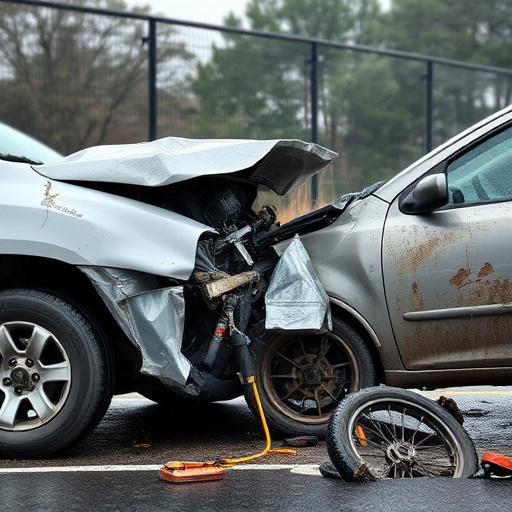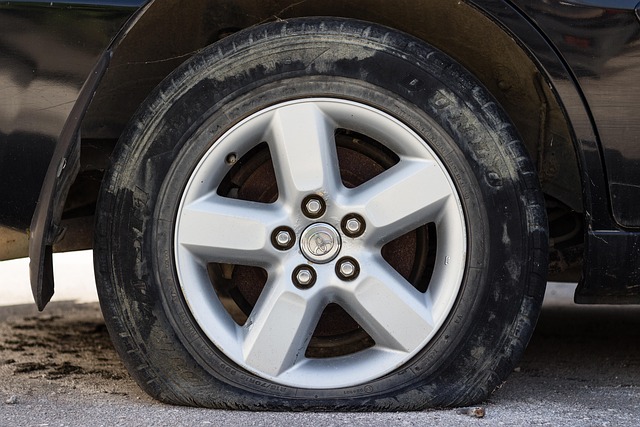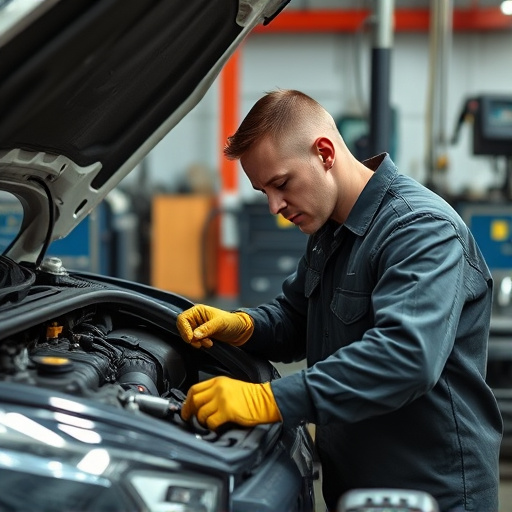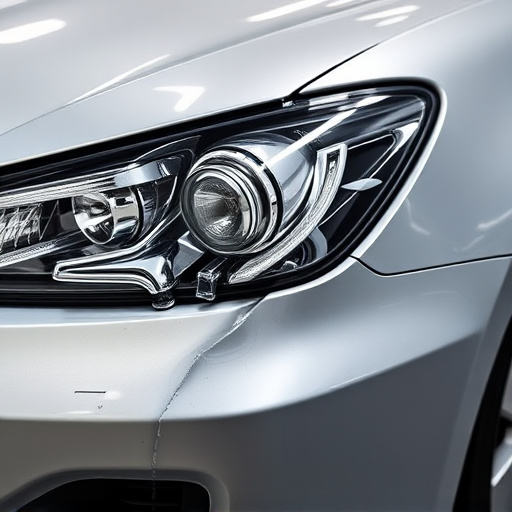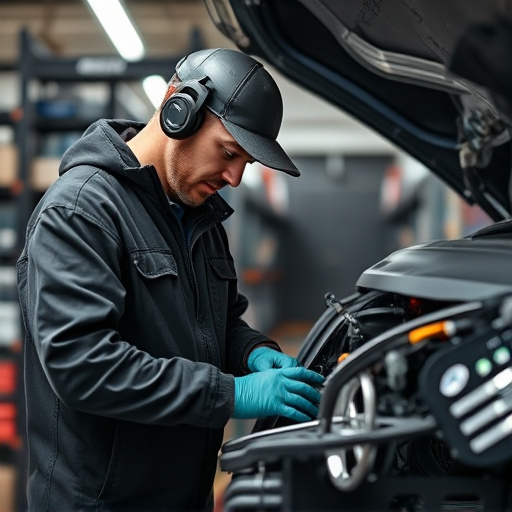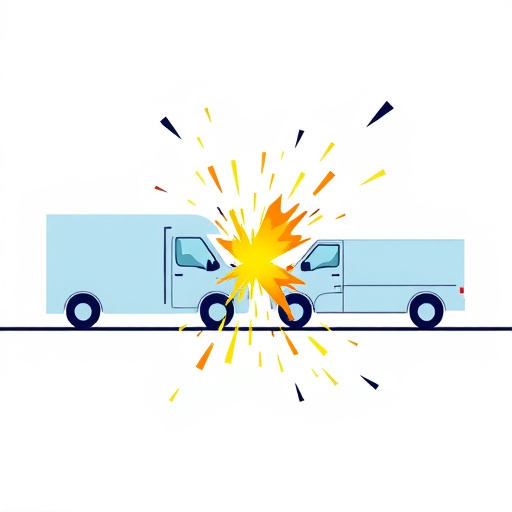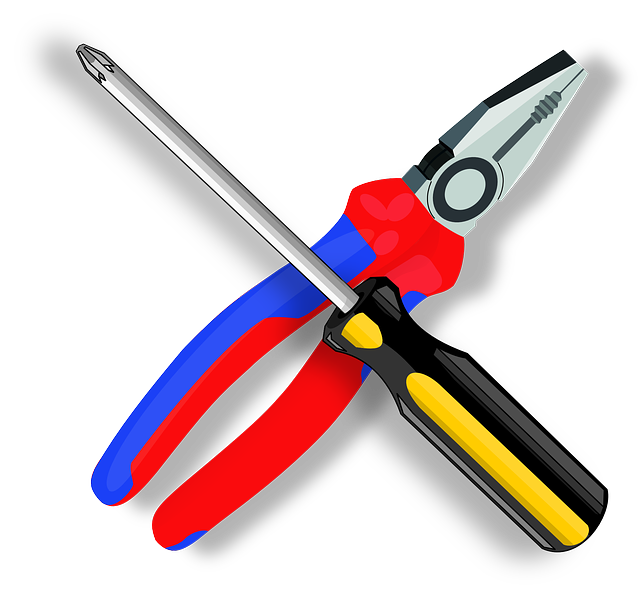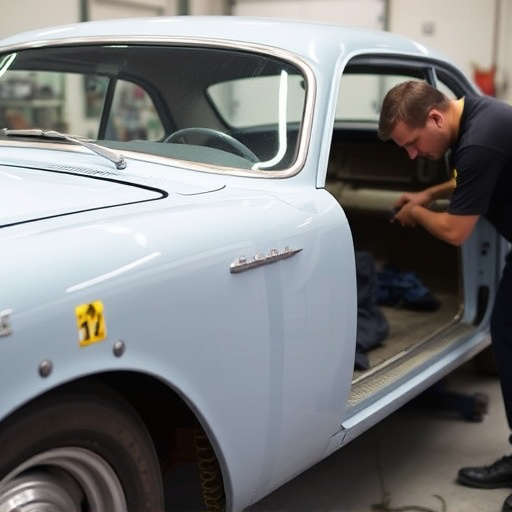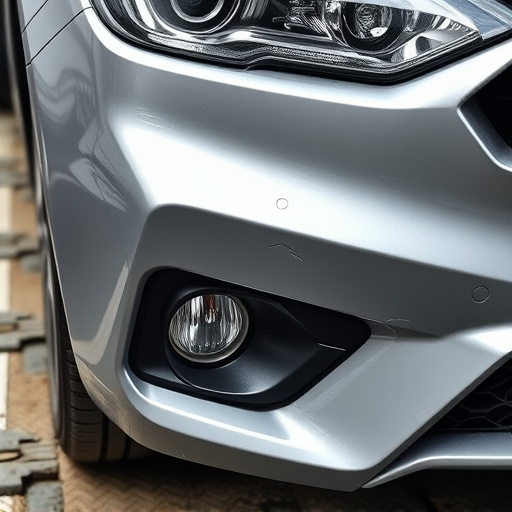In today's digital era, ADAS Recalibration Glass is a crucial component for maintaining the accuracy of Advanced Driver Assistance Systems (ADAS) in vehicles. This specialized glass enables precise adjustments to sensors and cameras, ensuring features like adaptive cruise control, lane-keeping assist, and automatic emergency braking function optimally. By integrating this technology into auto detailing and body repair services, experts enhance road safety, save time and money for consumers, and revolutionize the automotive industry, requiring professionals in auto painting to adapt their skills accordingly.
“The integration of ADAS recalibration glass is revolutionizing new vehicles, offering a crucial component for advanced driver-assistance systems (ADAS). This innovative technology ensures optimal performance and accuracy in sensor functions, from adaptive cruise control to lane-keeping assist. By enabling precise recalibration, ADAS recalibration glass enhances safety and driving experience.
In this article, we explore the workings of this feature, its tangible benefits, and the exciting future implications for autonomous vehicle development.”
- Understanding ADAS Recalibration Glass: A New Vehicle Essential
- How Does ADAS Recalibration Glass Work?
- Benefits and Future Implications of ADAS Recalibration Glass Technology
Understanding ADAS Recalibration Glass: A New Vehicle Essential
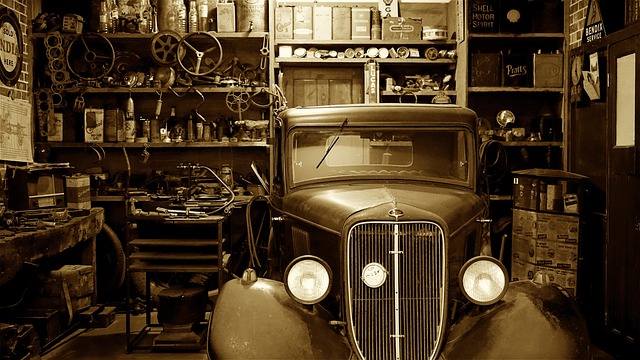
In today’s digital age, advanced driver-assistance systems (ADAS) have become integral to new vehicles, enhancing safety and convenience on the road. However, for these systems to function optimally, regular recalibration is essential. This is where ADAS Recalibration Glass plays a pivotal role. This specialized glass is designed to facilitate precise adjustments and calibrations of sensors and cameras, ensuring that advanced features like adaptive cruise control, lane-keeping assist, and automatic emergency braking operate accurately and reliably.
ADAS Recalibration Glass isn’t just an add-on; it’s an essential component in the auto detailing and body repair process for new vehicles. Just as a car body restoration enhances aesthetics, ADAS recalibration glass ensures that the vehicle’s safety systems are in top form. This means peace of mind for drivers, knowing their cars are equipped to handle various driving conditions effectively. By integrating this technology into vehicle maintenance routines, auto body repair experts can contribute significantly to overall road safety and driver satisfaction.
How Does ADAS Recalibration Glass Work?

ADAS recalibration glass plays a crucial role in ensuring the accuracy and reliability of Advanced Driver Assistance Systems (ADAS) in new vehicles. This specialized glass is designed to withstand the rigorous testing and calibration processes that ADAS components require. During production, manufacturers subject these glass panels to various environmental conditions and simulations to mimic real-world scenarios, enabling precise adjustments to sensors and cameras.
The process involves careful alignment and adjustment of the vehicle’s safety and assistance features, including adaptive cruise control, lane-keeping assist, and automatic emergency braking. Any imperfections or misalignments in the car’s glass can negatively impact these systems’ performance, leading to potential safety hazards. Thus, ADAS recalibration glass is not just a standard component but a vital element that facilitates the meticulous calibration process, ensuring optimal functionality of modern vehicle safety features, akin to how auto frame repair experts ensure structural integrity for overall vehicle safety and car dent repair services maintain aesthetic appeal.
Benefits and Future Implications of ADAS Recalibration Glass Technology

The introduction of ADAS Recalibration Glass technology in new vehicles offers significant advantages for both consumers and the automotive industry. This innovative solution streamlines the process of Advanced Driver Assistance System (ADAS) recalibration, ensuring optimal performance and safety. By allowing for on-the-go or even at-home adjustments, this technology eliminates the need for frequent visits to auto repair shops, saving time and money for vehicle owners. Moreover, it enhances the overall precision of ADAS sensors, leading to improved driving assistance features like adaptive cruise control, lane keeping, and collision avoidance.
Looking ahead, ADAS Recalibration Glass is poised to revolutionize auto detailing and painting services. As more vehicles incorporate these sophisticated systems, there will be an increased demand for specialized tools and expertise to maintain their integrity. Auto repair shops can leverage this technology to provide more comprehensive and efficient services, while auto painting professionals may need to adapt their skills to accommodate the unique requirements of ADAS recalibration. Ultimately, this advancement promises to create a safer and more seamless driving experience, setting new standards for the future of autonomous vehicles.
ADAS recalibration glass is an innovative technology that plays a pivotal role in enhancing new vehicle safety features. By enabling precise and efficient recalibration of Advanced Driver Assistance Systems (ADAS), this glass technology ensures optimal performance, improving overall driving experience and passenger safety. As autonomous driving continues to evolve, the importance of ADAS recalibration glass will only grow, promising a future where vehicles are equipped with smarter, more adaptive systems.
